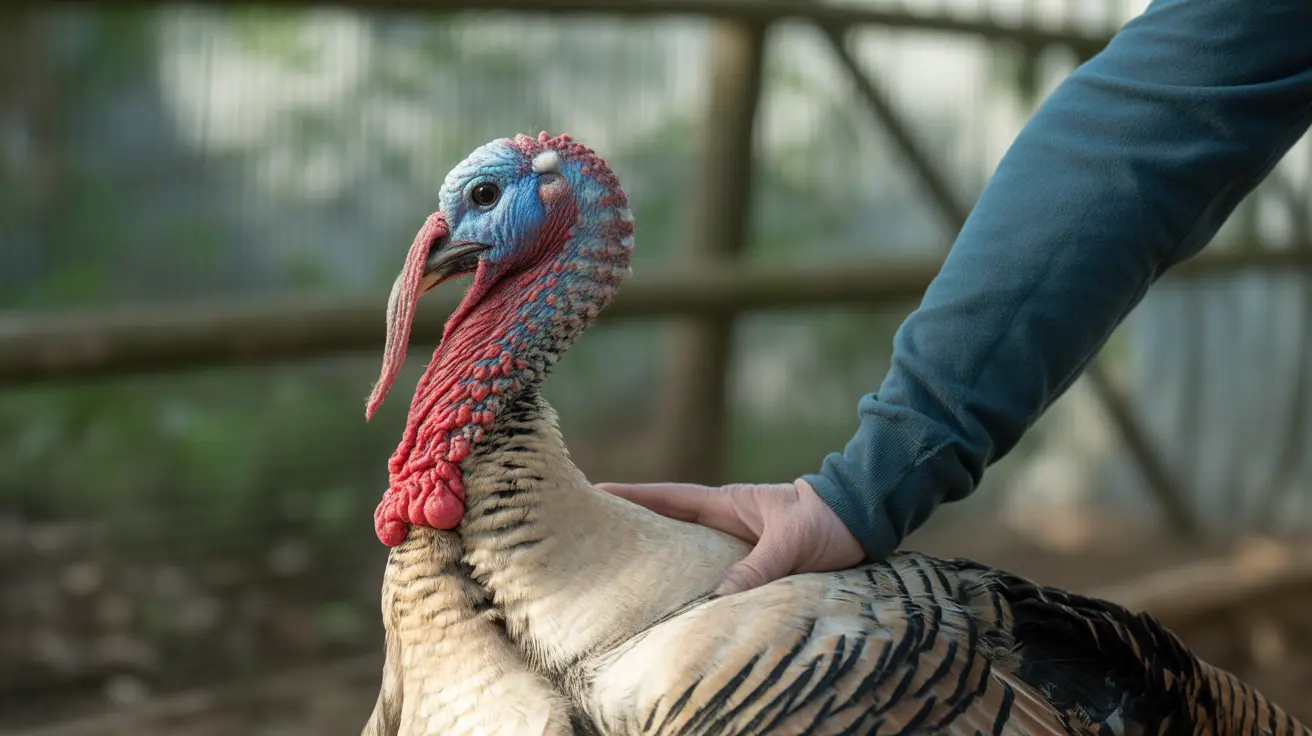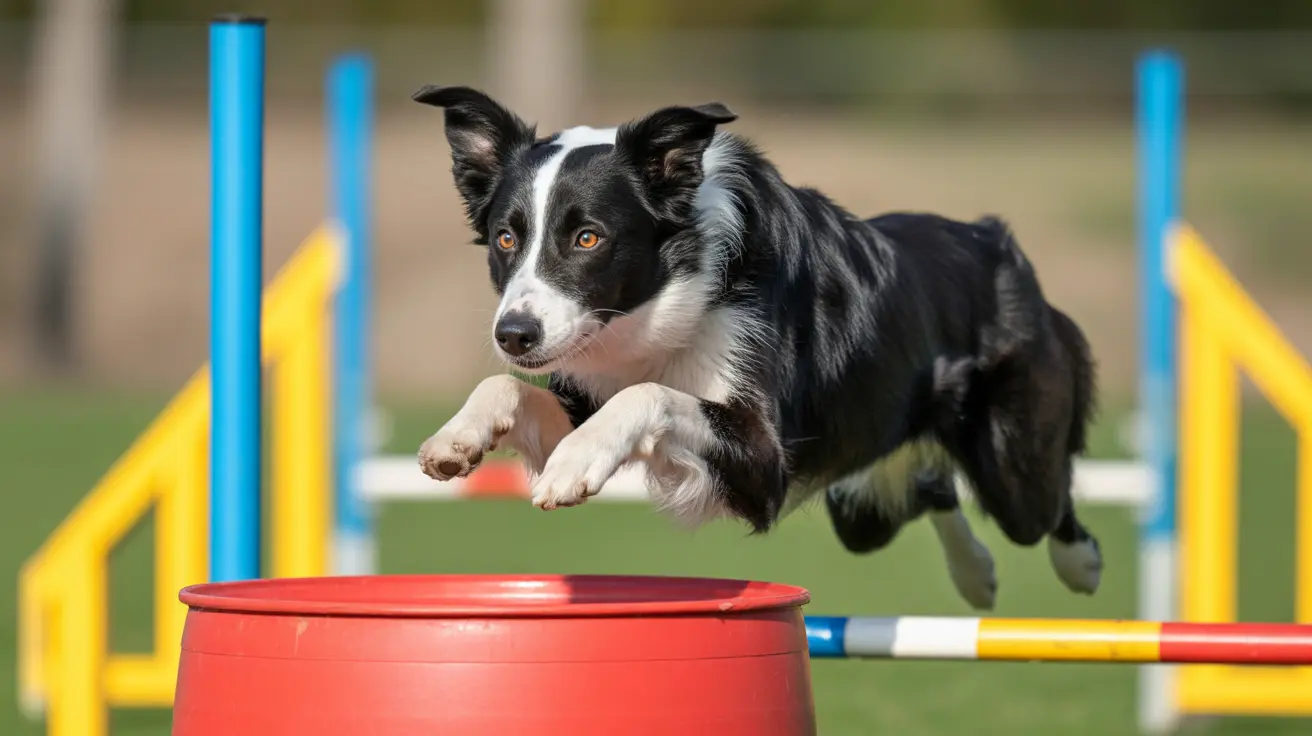Understanding the Rarity of the Skye Terrier
The
Skye Terrier is a unique and historic breed of dog that originated from the Isle of Skye in Scotland. Known for its long body, distinctively heavy coat, and loyal temperament, it holds a special place among terrier breeds. Despite its charm and noble lineage, the Skye Terrier is now listed among the most endangered indigenous dog breeds in the United Kingdom.
Historic Significance
The Skye Terrier's history can be traced back to at least the 1500s, where it was bred to hunt vermin like foxes and badgers. Its coat and elongated shape made it well-suited to the harsh climates and rough terrain of the Scottish Highlands. The breed gained major prominence in the 16th and 19th centuries, notably when Queen Victoria took a liking to them. This royal attention helped push the breed briefly into popularity.
The Skye Terrier Today: A Rare Gem
Despite its prestige and charming demeanor, the Skye Terrier is now remarkably rare. Breeds rise and fall in popularity due to various factors, and unfortunately for the Skye Terrier, modern trends have not been in its favor.
Factors contributing to its rarity include:
- A decline in the need for working terriers in modern households
- Competition from smaller designer breeds with lower grooming requirements
- A lack of awareness and promotion by breeders
- Small litters and selective breeding standards
The breed is currently registered in low numbers across kennel clubs worldwide, contributing to concerns about its long-term viability.
Appearance and Physical Characteristics
Skye Terriers are easily recognizable due to their
long, flowing double coats and low-to-ground frame. Coat colors vary and include black, blue, platinum, fawn, cream, and shades of gray, often with black accents on the ears, muzzle, and nose.
Standard size:
- Height: Around 9–10 inches
- Weight: 35–45 pounds for males, 25–31 pounds for females
Their ears come in two types: prick ears, which stand upright, and drop ears that hang down. The breed’s overall form reflects its original use in tight tunnels and rugged ground.
Temperament and Personality
The Skye Terrier is a deeply
loyal and affectionate dog with a steady, protective nature. While affectionate with its family, it often appears aloof with strangers until trust is earned. With their
strong-willed disposition, they require patient and consistent training, ideally with positive reinforcement methods.
- Affectionate with family
- Alert and somewhat reserved around strangers
- Protective, making them good watchdogs
Activity Level and Exercise Requirements
Though energetic by nature, Skye Terriers don’t require extensive exercise. Moderate activity like short daily walks and playtime is typically sufficient. However, vigorous exercise or high-impact activities should be avoided, especially in puppies who are prone to back issues.
Grooming Needs
Their luxurious coats require
ongoing grooming to prevent matting and tangles. Weekly brushing with a pin brush and comb is typically sufficient, though some owners may need to groom more frequently depending on activity level and coat condition.
Maintenance includes:
- Weekly coat brushing
- Occasional bathing
- Regular ear cleaning
- Nail trimming
Health and Longevity
Skye Terriers are generally long-lived, with lifespans typically ranging from
12 to 15 years. However, due to their unique build and limited gene pool, they are vulnerable to certain health conditions.
Common health issues include:
- Intervertebral Disc Disease
- Hip and elbow dysplasia
- Eye problems, such as cataracts and progressive retinal atrophy
- Cancer, particularly mammary tumors in females
- Autoimmune disorders and skin allergies
Regular health screenings and early veterinary intervention are essential to managing these risks.
Diet and Nutrition
A high-quality commercial dog food or carefully prepared home-cooked diet (with veterinary guidance) can help keep a Skye Terrier healthy. Puppies may require more frequent meals to avoid hypoglycemia, and dietary intake should be closely monitored to prevent obesity.
Living Conditions
Skye Terriers are highly adaptable and can thrive in various living environments, from apartments to large homes with fenced yards. As long as their
emotional and physical stimulation needs are met, they are generally content.
The Decline in Popularity
Once a symbol of prestige, the breed has suffered a decrease in popularity due to:
- Changes in lifestyle and housing
- Increased demand for low-maintenance or hypoallergenic breeds
- Limited availability due to few breeders
The
UK Kennel Club has placed the Skye Terrier on the Vulnerable Native Breeds list, and international registration numbers remain low, making them one of the rarest terriers worldwide.
Famous Skye Terriers
The most well-known Skye Terrier is
Greyfriars Bobby, remembered for guarding his master's grave for 14 years in Edinburgh. His loyalty symbolizes the breed’s defining trait and has inspired multiple movies and a memorial statue.
Should You Consider a Skye Terrier?
Despite their rarity, Skye Terriers make
wonderful companions for the right owner. Their loyal and affectionate nature, combined with manageable care routines, make them ideal for those seeking a devoted dog with a historical lineage.
However, prospective owners must be prepared to:
- Commit to regular grooming
- Provide consistent training and socialization
- Monitor their exercise and health closely
Conclusion
The Skye Terrier is not just rare — it’s a living piece of canine history. Though its numbers are dwindling, its legacy continues in the hearts of those who appreciate its unique personality, appearance, and devotion. For those fortunate enough to welcome one into their lives, the Skye Terrier offers companionship that is as enduring as its celebrated past.





